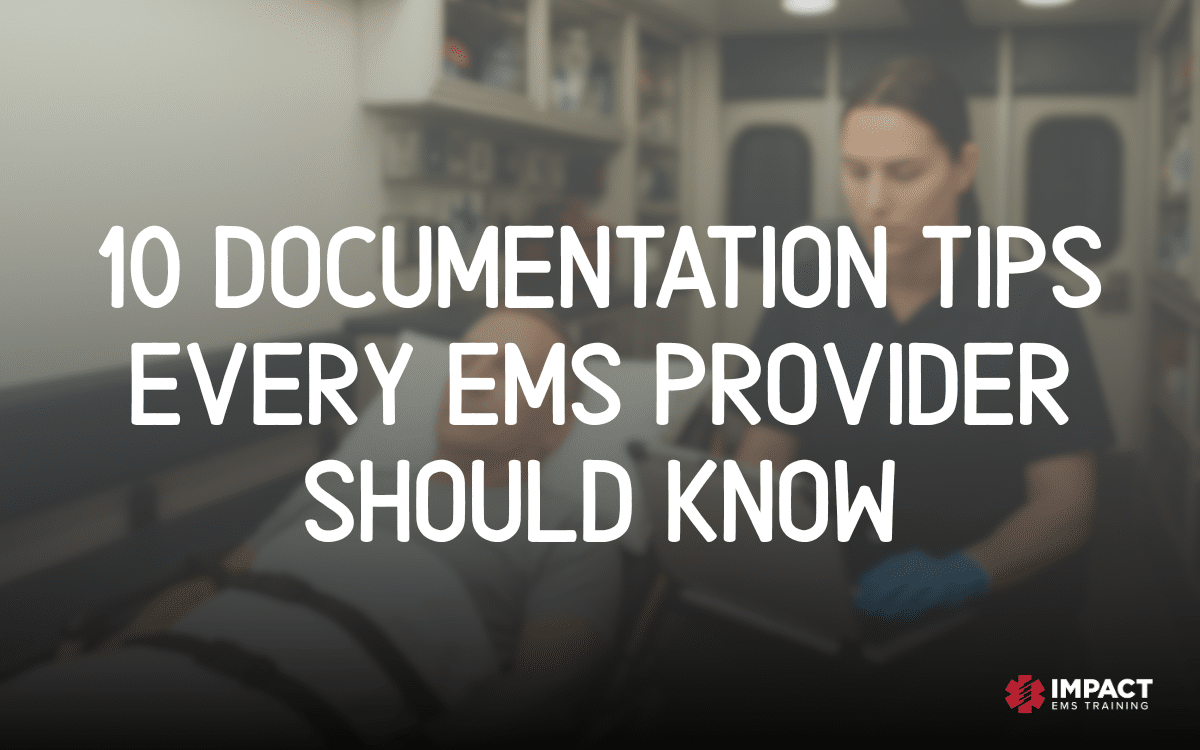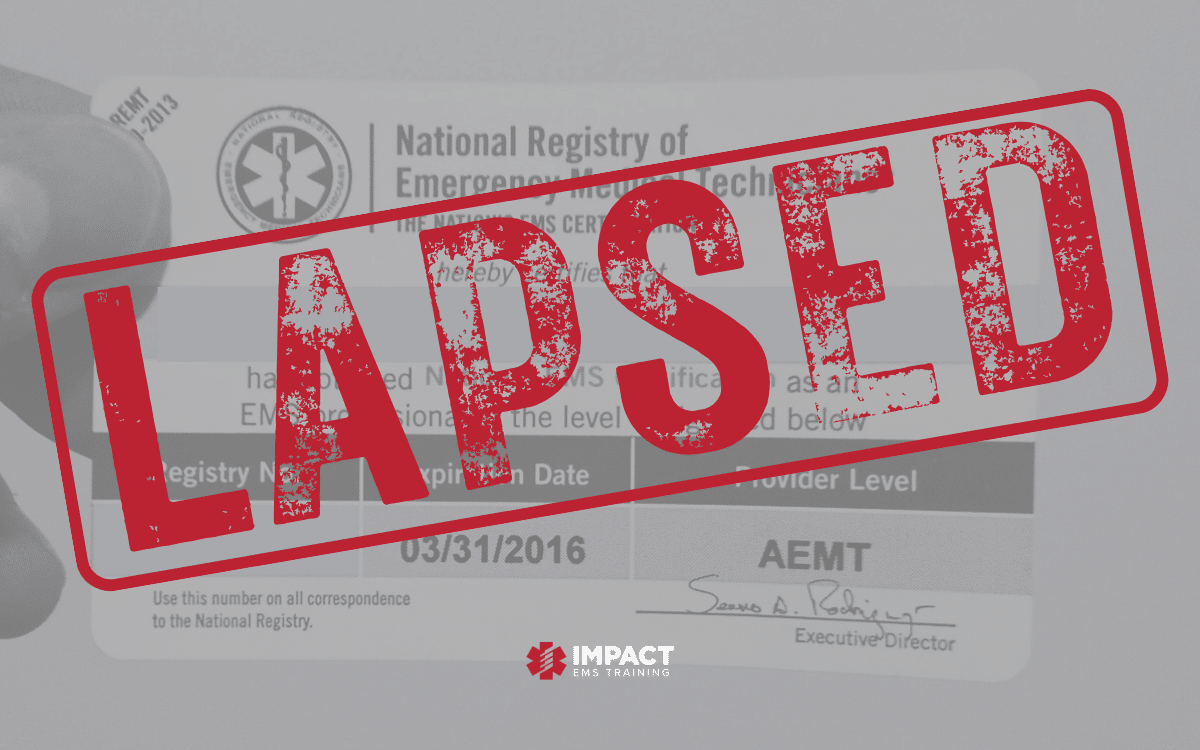Background
Antibiotics are one of the cornerstones of therapy in the treatment of sepsis/septic shock, however, according to the Surviving Sepsis Campaign (SSC) guidelines, time to antibiotics is a core measure, though there is weak evidence in support of this.
Most of the evidence supporting this is based off retrospective studies that showed delays in the administration of antibiotics after the development of septic shock is associated with an increase in mortality of almost 7.6% per hour [3]. The major issues with retrospective studies are that they are uncontrolled, chart quality may be inaccurate, baseline status of patients may be unbalanced, and thus allow selection bias that can affect the results.
Although prospective observational studies have failed to consistently show an association between early antibiotics and mortality benefit, the guidelines still recommend early antibiotic administration within an hour of sepsis recognition.
What They Did
This was a randomized controlled, open-label trial, from 10 large regional pre-hospital services in the Netherlands. The primary comparison was the effects of early administration of antibiotics in the pre-hospital setting compared to usual care. Specifically, the intervention was open-label IV ceftriaxone 2000mg in addition to usual care and usual care was fluid resuscitation/supplementary oxygen. The primary outcome was all-cause mortality at 28 days.
Sepsis severity was defined as the following:
- Uncomplicated (non-severe) sepsis
- Severe sepsis = sepsis + organ dysfunction
- Septic shock
The study included patients ≥18 years of age, with a diagnosed or suspected infection, a temperature of ≥38C or less than 36C, and at least one other criterion for SIRS (HR >90BPM or RR >20BPM or both). Patients were excluded if they had a known allergy to ceftriaxone or to other beta-lactam antibiotics, were pregnant or had a suspected prosthetic joint infection.
Results
- 2698 patients enrolled
- Intervention: 1535 pts
- Usual Care: 1137 pts
- ≈37% of patients had non-severe sepsis
- ≈58% of patients had severe sepsis
- ≈4% of patients had septic shock
- Median Time to Abx:
- Intervention: 26 min (Range 19 – 34min)
- Usual Care Before EMS Training: 93 min (Range 39 – 140min)
- Usual Care After EMS Training: 70 min (Range 36 – 128min)
- 28d Mortality:
- Intervention: 120 pts (8%)
- Usual Care: 93 pts (8%)
- RR: 0.95; 95% CI 0.74 – 1.24; p = 0.78
- 90d Mortality:
- Intervention: 134pts (12%)
- Usual Care: 178pts (12%)
- RR: 0.98; 95% CI 0.80 – 1.21; p = 0.87
- Re-Admission to Hospital Within 28d:
- Intervention: 102 pts (7%)
- Usual Care: 119 (10%)
- P = 0.0004
- 28d Readmission Rate:
- Intervention: 102 pts (7%)
- Usual Care: 119 (10%)
- P = 0.0004
- No statistical differences in ICU admissions, length of hospital stay, nor in-hospital or 90d mortality
- No serious adverse events (i.e. anaphylactic shock) were seen in the intervention group
Discussion
- 1st Prospective RCT that compared the effects of early prehospital antibiotics with usual care in patients with suspected sepsis
- More patients in the intervention group had positive blood cultures (35%) vs the usual care group (26%), with the majority of infections being gram-positive bacteria. This could be indicative of higher contamination risk of blood culture analysis in the prehospital setting
- Early “appropriate” antibiotic treatment is an important point to make here. I am not sure that just giving 2g of Rocephin is what I would call appropriate when the majority of patients had lung and urinary tract infections.
- Inappropriate use of antibiotics is an important question to ask. How many patients received antibiotics inappropriately?
- It is also important to realize that time to antibiotics is from triage time and not from time zero, when the infection initially started. Although this is a true statement, knowing the exact time of when an infection started is a difficult measure
- In 93% of cases, an ambulance reaches the ED within 15min and has an average of 40min from dispatch call to arrival at the ED. These times may be significantly shorter than what we see in the US
- 577 pts (22%) were already on oral antibiotic therapy at randomization which may dilute the effect of earlier antibiotics on mortality
- Only ≈4% of patients had septic shock, which is the sickest patient population and the population most likely to benefit the most from earlier antibiotics. The overall 28d mortality of 8% is lower than larger randomized trials.
- Some EMS personnel purposefully opened randomization envelopes until they found an envelope instructing randomization to the intervention group which is why there were 398 more patients in the intervention group compared to the usual care group (i.e. randomization was not properly executed)
- The mortality rate in this study (i.e ≈8%) was significantly lower than the predicted mortality of 40% seen in larger epidemiological studies done in the ICU setting, meaning this patient population may not have been as sick
Author Conclusion
“In patients with varying severity of sepsis, EMS personnel training improved early recognition and care in the whole acute care chain. However, giving antibiotics in the ambulance did not lead to improved survival, regardless of illness severity.”
Clinical Take Home Point
In this prospective RCT, the administration of prehospital antibiotics did not improve 28d mortality compared to usual care. However, this was a less sick population (only 4% septic shock), antibiotic times were already low (93min) prior to study initiation, and almost 1/4th of this patient population was already on oral antibiotics prior to enrollment.
It may be true that prehospital antibiotics don’t improve mortality in sepsis, but this study does not answer the question due to all of its confounders.
References:
- Alam N et al. Prehospital Antibiotics in the Ambulance for Sepsis: A Multicentre, Open Label, Randomised Trial. Lancet Respir Med 2018. PMID: 29196046
- Peltan ID et al. ED Door-to-Antibiotic Time and Long-Term Mortality in Sepsis. Chest 2019. PMID: 30779916
- Kumar A et al. Duration of Hypotension Before Initiation of Effective Antimicrobial Therapy is the Critical Determinant of Survival in Human Septic Shock. Crit Care Med 2006. PMID: 16625125
Impact EMS offers accredited certification and refresher courses in one trusted location. Fully prepare for certification exams and maintain licensure with skill building credits.





